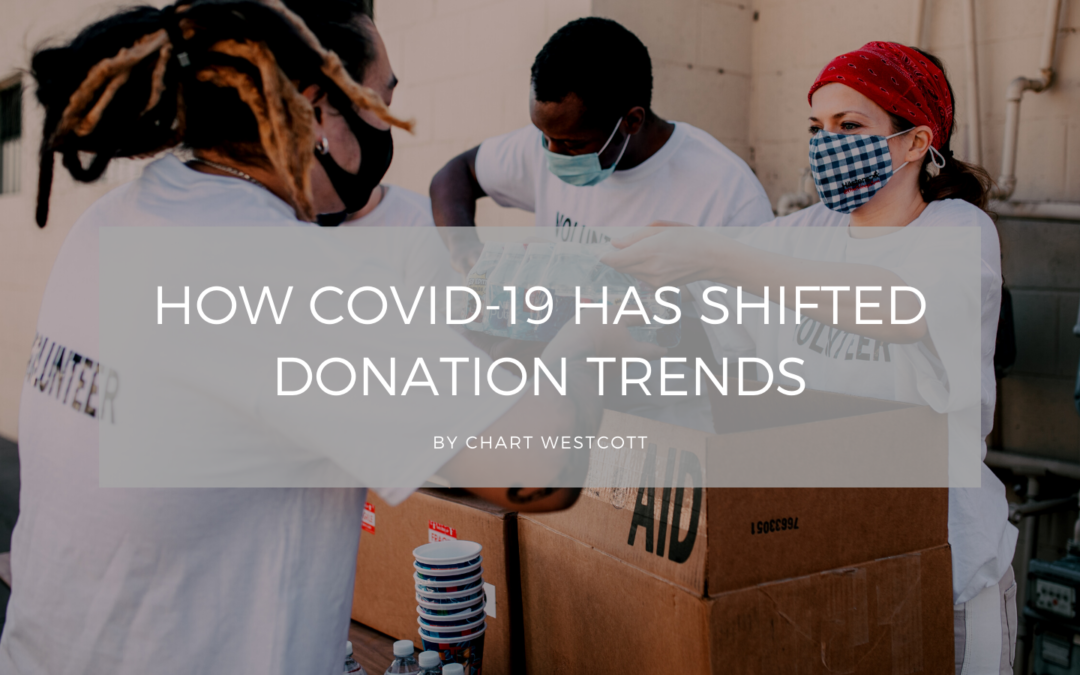During the pandemic, times were hard for non-profit organizations as they had a sudden decrease in the number of volunteers, which affected their functionality. The decline occurred due to the stipulations placed whereby their workers had to remain at home to prevent the spread of the virus, which had dire effects on the organization’s efficiency.
However, despite the organizations having to undergo such a loss, donors have increased their donations to support and ensure that they remain stable and can sustain themselves during the pandemic. Moreover, statistics indicate that the number of donors who support these organizations will continue giving their allocated shares without reducing amounts despite the pandemic.
As the pandemic continues, many donors have inquiries on how they can assist their donations to help frontline workers during these times. Many do not have the correct information on where they can offer their charity; hence they have chosen to support the same non-profit organizations without change. The rationale for this decision is the adverse effects that the organizations will go through without their support. Therefore, the urge to maintain their support during the pandemic is strong.
Despite COVID-19 affecting the world negatively, many individuals are not enlightened on how they can support or give donations during such times. After an in-depth survey, almost one-third of the target population lack information on where to channel their donations, which has lead to a decrease in the number of grants. This insufficiency of information tends to hinder many people from donating and calls for the respective sectors and people dealing with health matters to ensure many individuals are sensitized through mass education via different online platforms. Physical meetings can be conducted, guaranteeing that the standard regulations are observed to prevent the spread of the disease.

